Name Norman Carlberg | Known for Sculpture | |
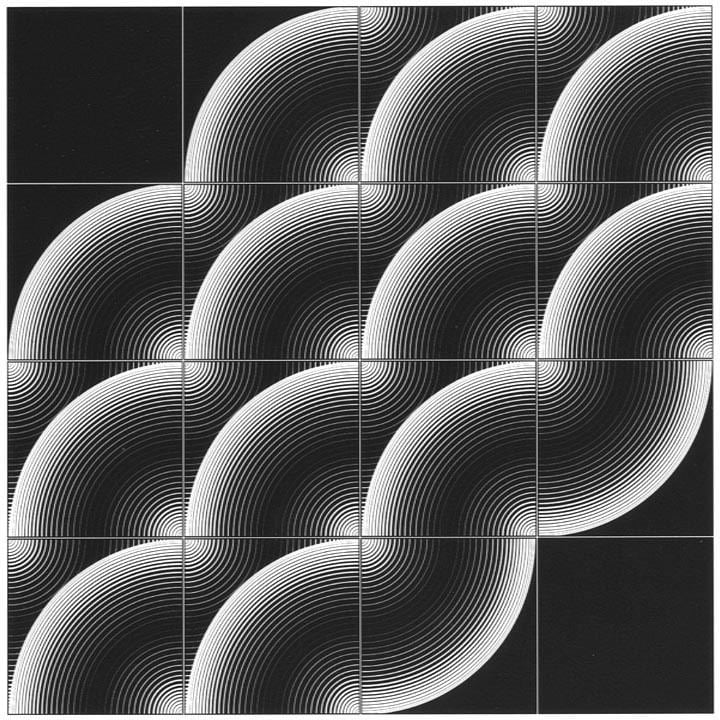 | ||
Periods Contemporary art, Modern art Born November 6, 1928 (age 90), Roseau, Minnesota, U.S. Died November 11, 2018 (aged 90) Baltimore, Maryland, U.S. | ||
Norman Carlberg (November 6, 1928 – November 11, 2018) was an American sculptor and printmaker. He was noted as an exemplar of the modular constructivist style.
Contents
- Blender 28 Tutorial Minimal Surface Form 6
- Early life and education
- Exhibitions and career
- Style Modular constructivism minimalism
- Other projects
- Collections
- References
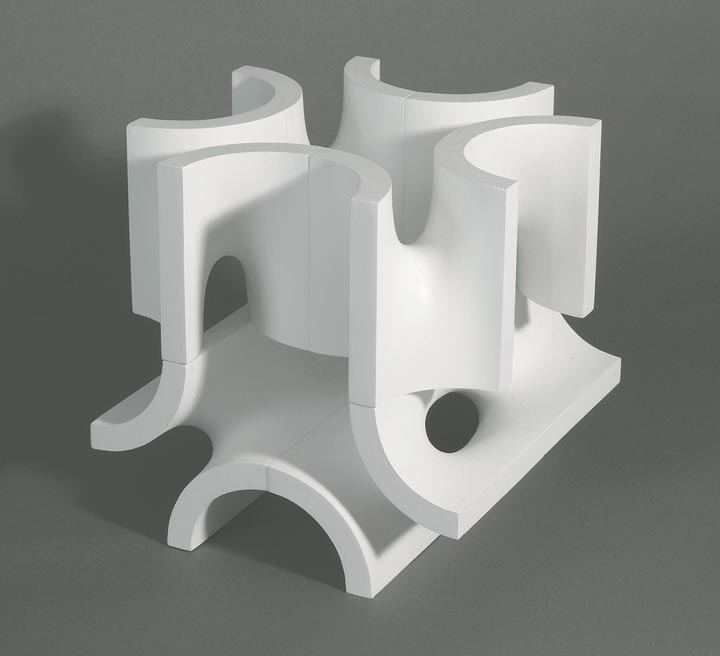
Blender 2.8 Tutorial | Minimal Surface Form 6
Early life and education
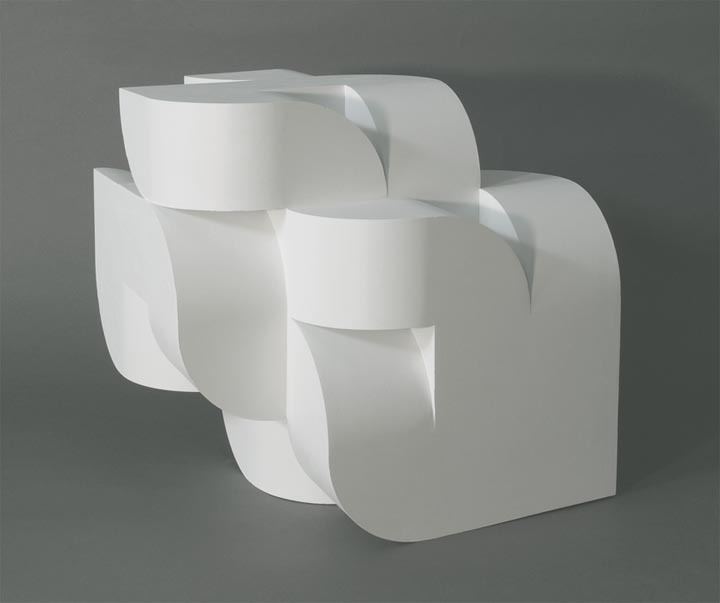
Carlberg was born in Roseau, Minnesota. He studied at the Minneapolis School of Art and at the University of Illinois before going on to study under Josef Albers at Yale.
Exhibitions and career
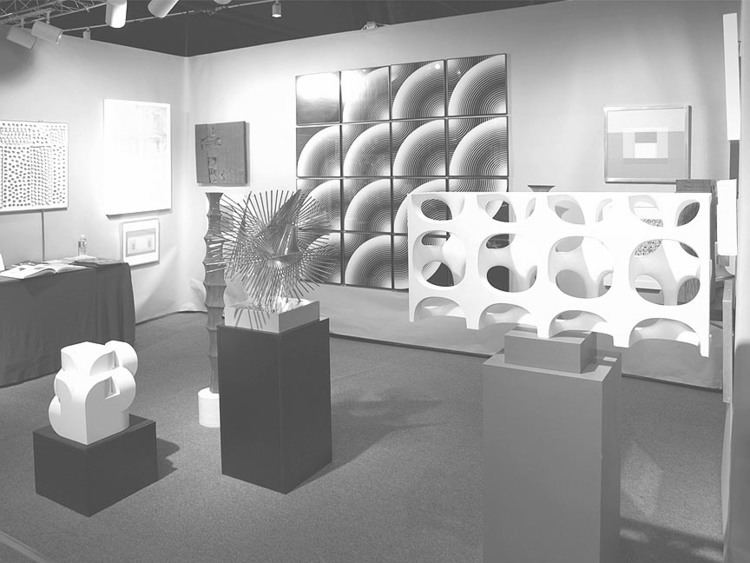
"Recent Sculpture USA", a 1959 exhibition at the Museum of Modern Art in New York City, featured Carlberg's work. Afterwards, Carlberg taught briefly (1960–61) in Santiago, Chile. In 1961, he was named director of the Rinehart School of Sculpture at the Maryland Institute College of Art (MICA) in Baltimore. He taught at MICA until 1996.
Style: Modular constructivism, minimalism
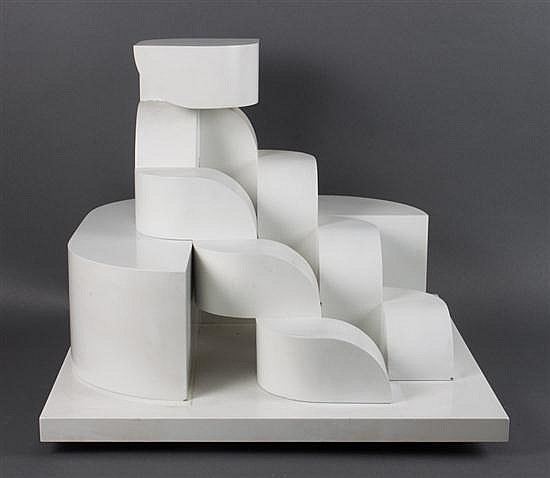
Carlberg has written: "My style of sculpture represents the movement known as 'Modular constructivism', which grew into its maturity and popularity in the 50's and 60's.". The "modular" aspect of Carlberg's constructions is often readily apparent to the eye. Carlberg discussed Modular constructivism with art critic Brian Sherwin, stating, "My sense of it is that "Modular" constructivism is making a work of art within the limitations that modules impose on the object. They restrict what can be made but the restrictions also give meaning and value to the object, just as a poem is beautiful, in part, because the rules, or limitations, give the words a structure that the mind finds pleasurable over and above the message."
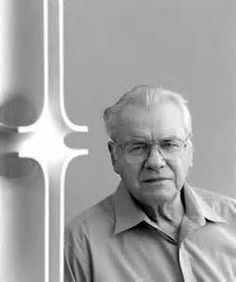
Carlberg's sculptures often consist of repetitions of such a unit, a basic shape capable of combining with other such elements in various ways - somewhat in the way a composer such as Bach or Webern might compose a piece of music by exploring the combinatorial possibilities of a single motivic cell, working within implicit constraints. At Yale, Erwin Hauer was an important influence who prodded Carlberg in this stylistic direction. While both men often employed curvilinear forms as modules, Carlberg more often used relatively geometric, hard-edged design units, often combining curves with straight edges (or flat planes) in the same module. His prints, mostly dating after 1970, show a similar preoccupation with precision, simplicity, and modularity. Some are actually groups of prints, placed contiguously together on a wall, with each print conceived as a module.
Other projects
He collaborated with important architects on major public projects, such as the Riverside Centre, designed by Harry Seidler and Associates in Brisbane, Australia.}
Collections
Carlberg's sculptures are in the permanent collections of the Whitney Museum of American Art in New York, the Art and Architecture Gallery at Yale University in New Haven, Connecticut, the Pennsylvania Academy of Fine Arts in Philadelphia, the Hirshhorn Museum, the Guggenheim Museum and the Baltimore Museum of Art.
